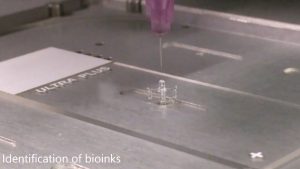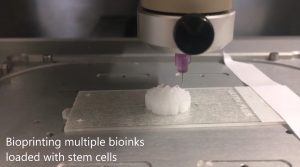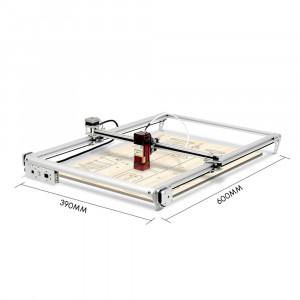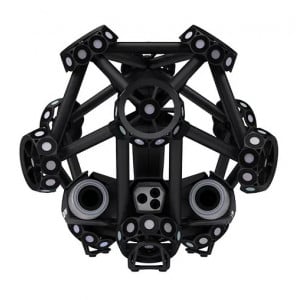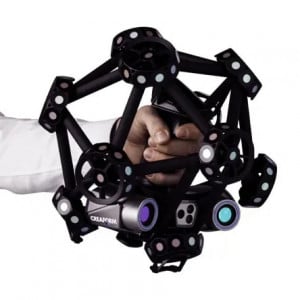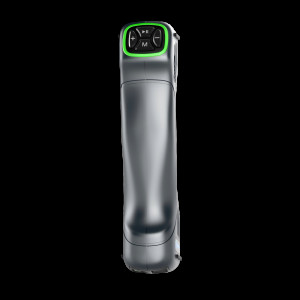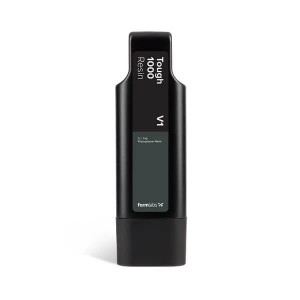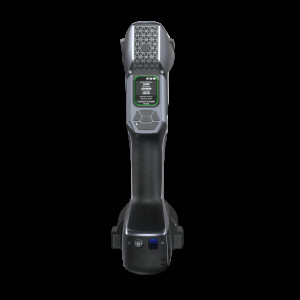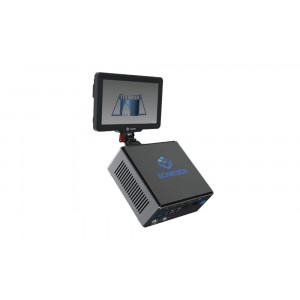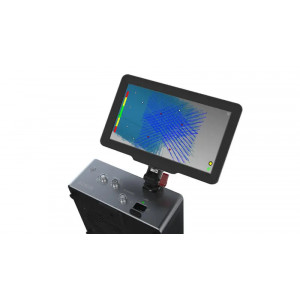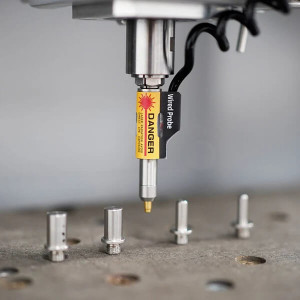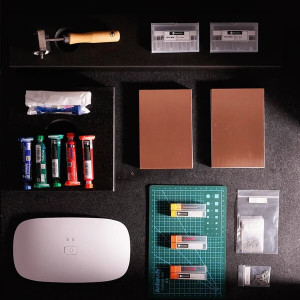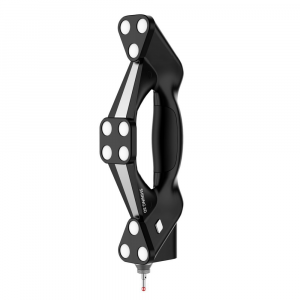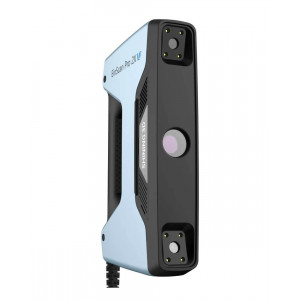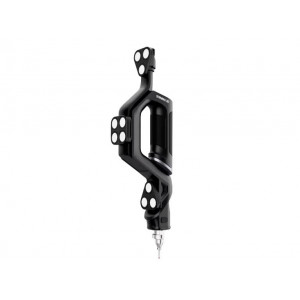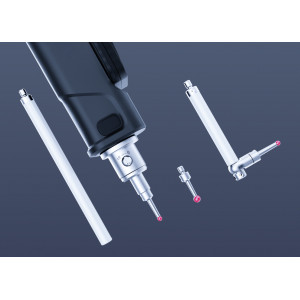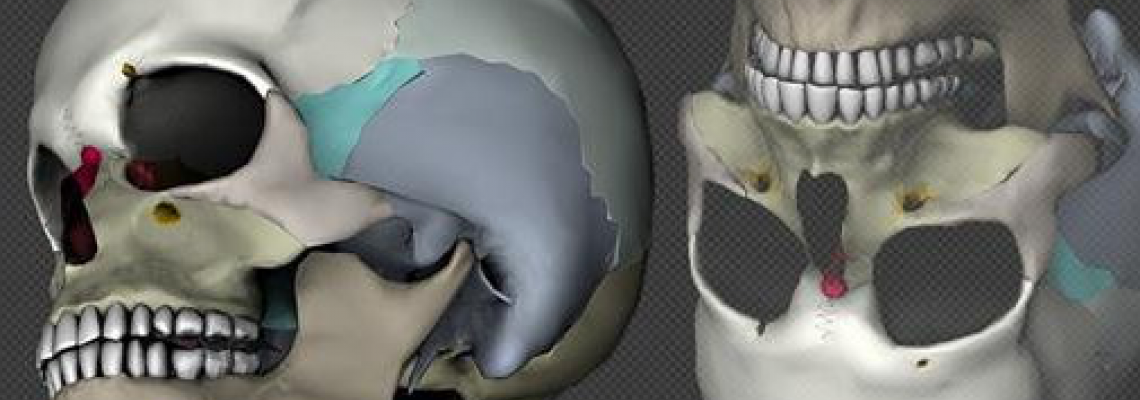
3D біодрук
Сфера 3D біодруку щодня трансформується та вдосконалюється. Завдяки зусиллям дослідників з усього світу, на сьогодні 3D біодрук розвивається найшвидше і є надзвичайно перспективною галуззю тривимірних технологій. Незважаючи на те, що більшість передових розробок ще знаходяться на стадії тестування, нові вдосконалені схеми масово виходять у світ, складаючи конкуренцію існуючим методикам 3D біодруку. Принцип технологій завжди один, але яскраві уми людства знаходять інноваційні способи застосувати наявні методи 3D біодруку.
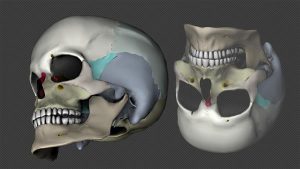
Так, група дослідників з Ірландії розробила нову техніку: 3D біодрук великих та складних структур хрящових імплантатів. Подібні конструкції є оптимальною основою для відновлення кісткових тканин, до чого прагне багато спеціалістів у сфері біодруку. Команда вчених з науково-дослідної організації Amber у місті Дублін, Ірландія, планує застосувати 3D біодрук у виготовленні різних імплантатів нового покоління. Центр спеціалізується на дослідженні різноманітних матеріалів для 3D друку, і його діяльність не обмежується медичною сферою. Дослідники також працюють у сфері наноелектроніки та займаються друком інноваційних акумуляторів на 3D принтері.
Кістки на 3D принтері
На думку вчених, їх розробка може знайти широке застосування у спинальній хірургії, а також у лікуванні пацієнтів із черепно-мозковими проблемами. Причому обмежень щодо типу захворювань немає — це можуть бути як набуті, так і вроджені хвороби, травми та пошкодження. Можна друкувати абсолютно будь-які кістки на 3D принтері. Коротко, 3D біодрук кісткових імплантатів полягає у створенні так званого «шаблону» для імплантату з органічних біоматеріалів і стовбурових клітин. Готова структура може бути одразу імплантована пацієнту, після чого розпочнеться процес формування кровоносних судин і твердої кісткової тканини. Перевагою технології є відсутність необхідності тривалого «вирощування» живих тканин у лабораторних умовах.
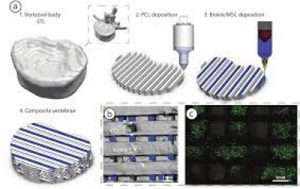
Готовий шаблон може бути одразу імплантований безпосередньо в місце пошкодження, де з часом він перетвориться на повноцінну функціонуючу частину організму людини. Такий 3D біодрук є гідною альтернативою не тільки сучасним титановим імплантатам, а й процесам ало- та аутотрансплантації. Незважаючи на широке застосування в медицині, кожен з останніх методів пов'язаний з певними труднощами, подолати які буває нелегко. Наприклад, при алотрансплантації найпоширенішими проблемами є відторгнення імплантованих тканин та передача різних захворювань. 3D біодрук кісткових трансплантатів таких ризиків не несе.
Переваги 3D біодруку
Аутотрансплантація неприємна через біль і часто супроводжується різними післяопераційними ускладненнями. Не дивно, що вчені покладають великі надії на технологію 3D біодруку. Останні дослідження у цій сфері показують, що вона дозволяє відновлювати кісткові тканини без особливих труднощів, використовуючи власні клітини пацієнта. Переваги 3D біодруку усувають небажані наслідки, типові для алотрансплантації. Що стосується технології Amber, її розробники планують спершу застосувати методику у виготовленні імплантатів колінних та тазостегнових суглобів.

